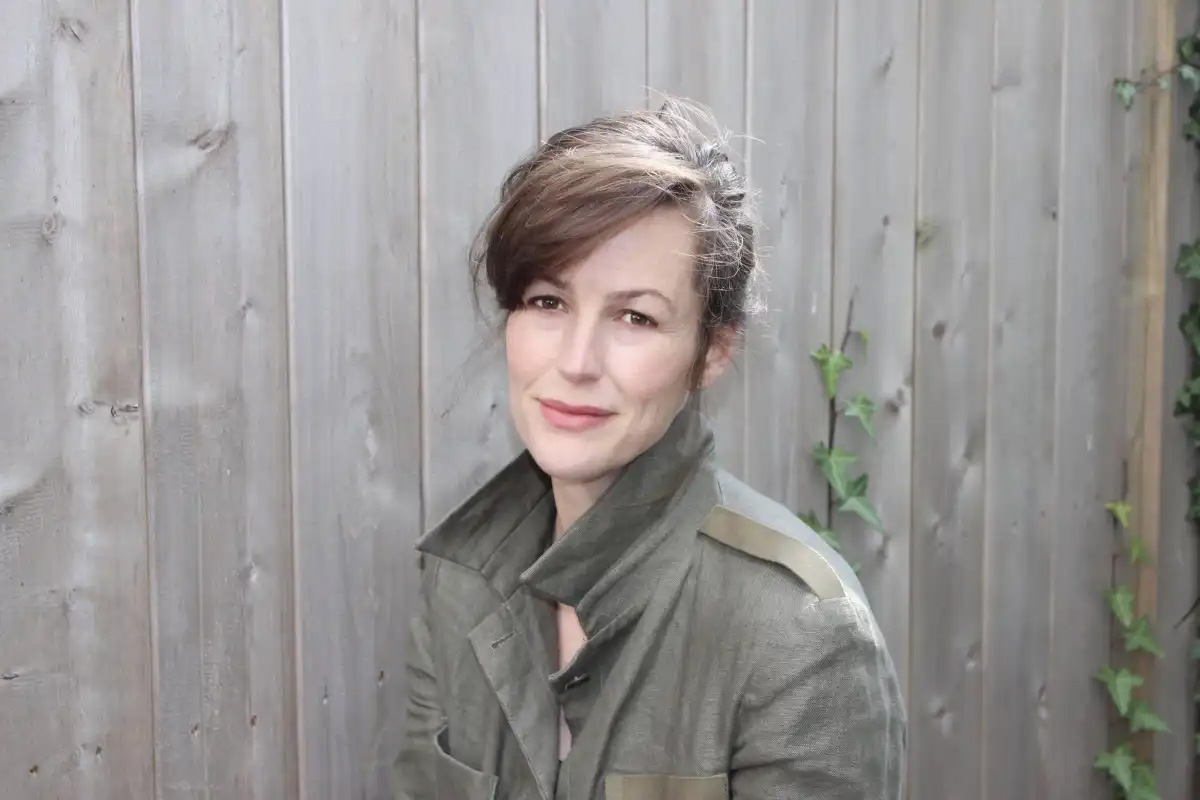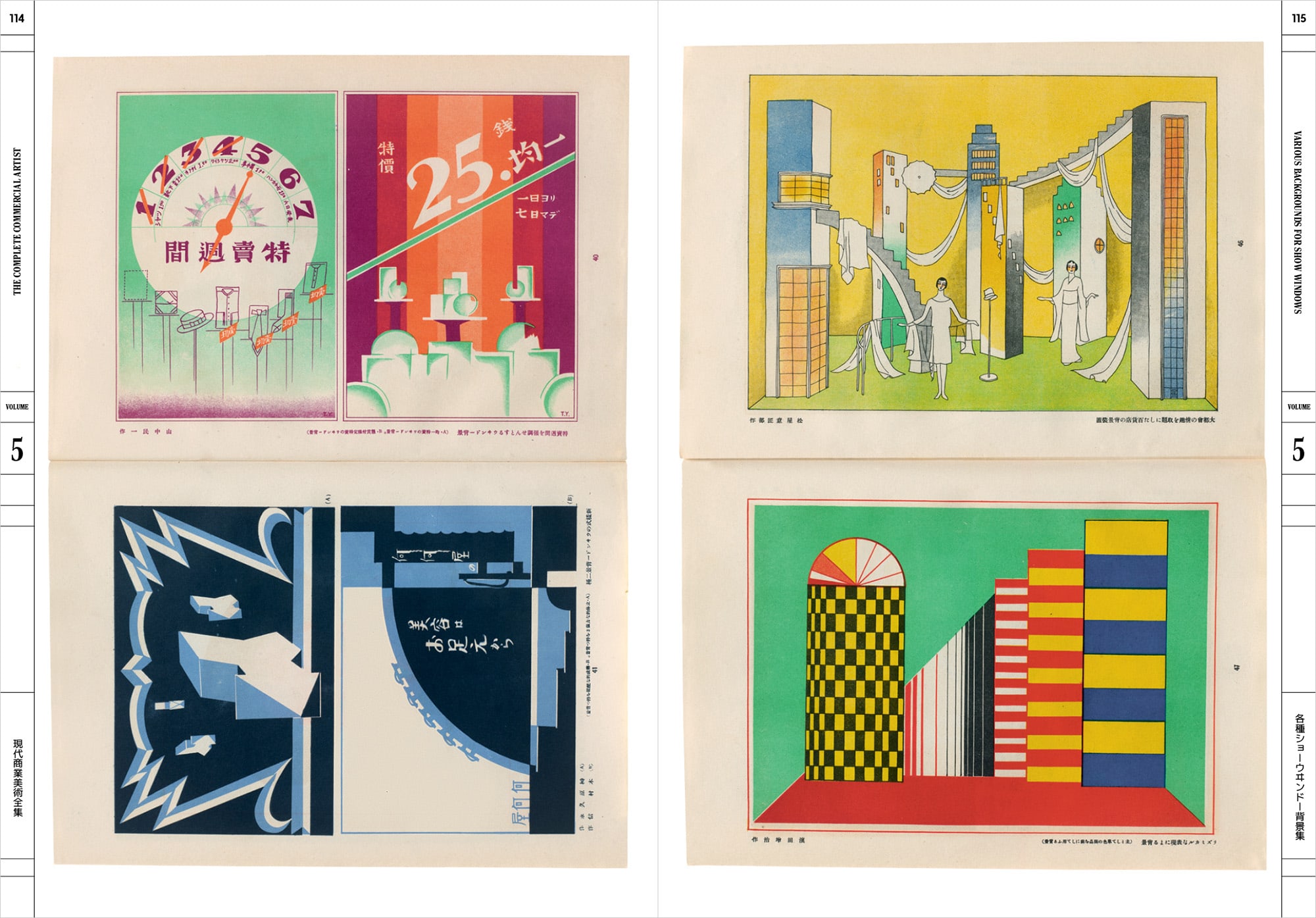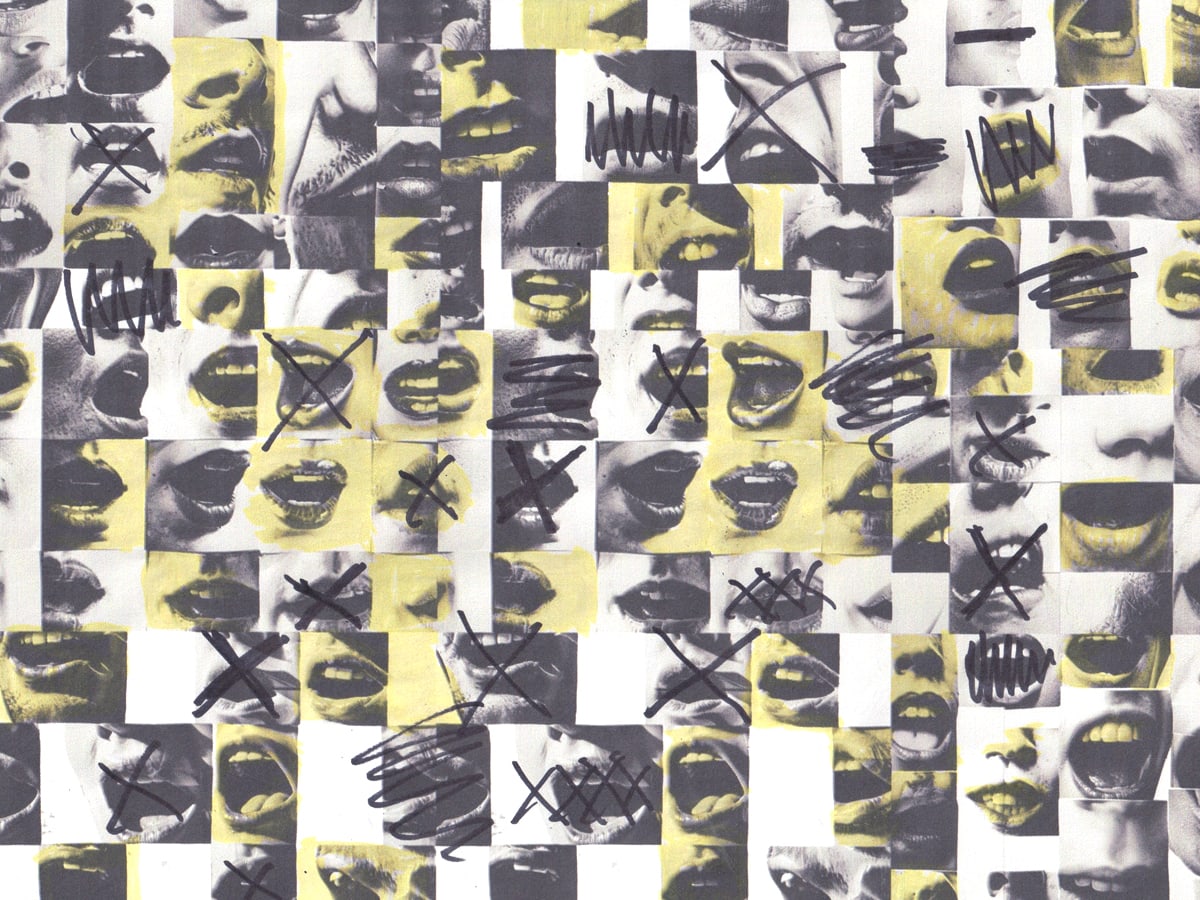Interviewing Sara Hendren back in 2017 — shortly after I started Scratching the Surface (episode 24) — felt like a turning point for me and the show. That conversation, which is still a favorite, explored everything I was interested in but through completely different lenses. Sara and I have, in many ways, continued that conversation over the years, mostly offline, without microphones. This year, after ten years teaching at Olin College of Engineering, Sara is starting a new position at Northeastern University where she’s teaching in both the Art + Design and Architecture departments. This change seemed like a good time for a follow up interview to see how her work has changed, the questions she’s asking students, and why fiction is an interesting format for her.
——–
After almost ten years at Olin College of Engineering, you just started a new position at Northeastern University, teaching in both the Art + Design and Architecture departments. What prompted the change and what interests you about this new role? How are you approaching the overlap of each department?
I absolutely loved my time at Olin. And a decade ago, engineering was the central backdrop for my work—both foil and muse. So much of what I was doing used prosthetics and Big Tech to explore disability studies. After the publication of my book in 2020, my interests started shifting to some of the unresolved questions it raised for me in the writing. Looking at disability and design eventually drove me to the first-order questions about lives worth living, about the meaning of the body, about dependence, about material and caregiving assistance. In college I read Wendell Berry’s collection of essays called What Are People For? And I think I’m still asking that question.
But I also got hungry to return to my original training, which is in fine arts and humanities in addition to design. Northeastern’s CAMD has artists and designers in all genres and modes of inquiry, so it’s really fun to be back in the land of expressive and symbolic languages! I also want to do a number of architectural research collaborations in the next decade. This fall I’m teaching first year grad students in architecture, and the conversations have been terrific.
This story is exclusive to Patreon subscribers.
Sign up for as low as $3 / month!
Already a supporter? Click here to read the entire story.




